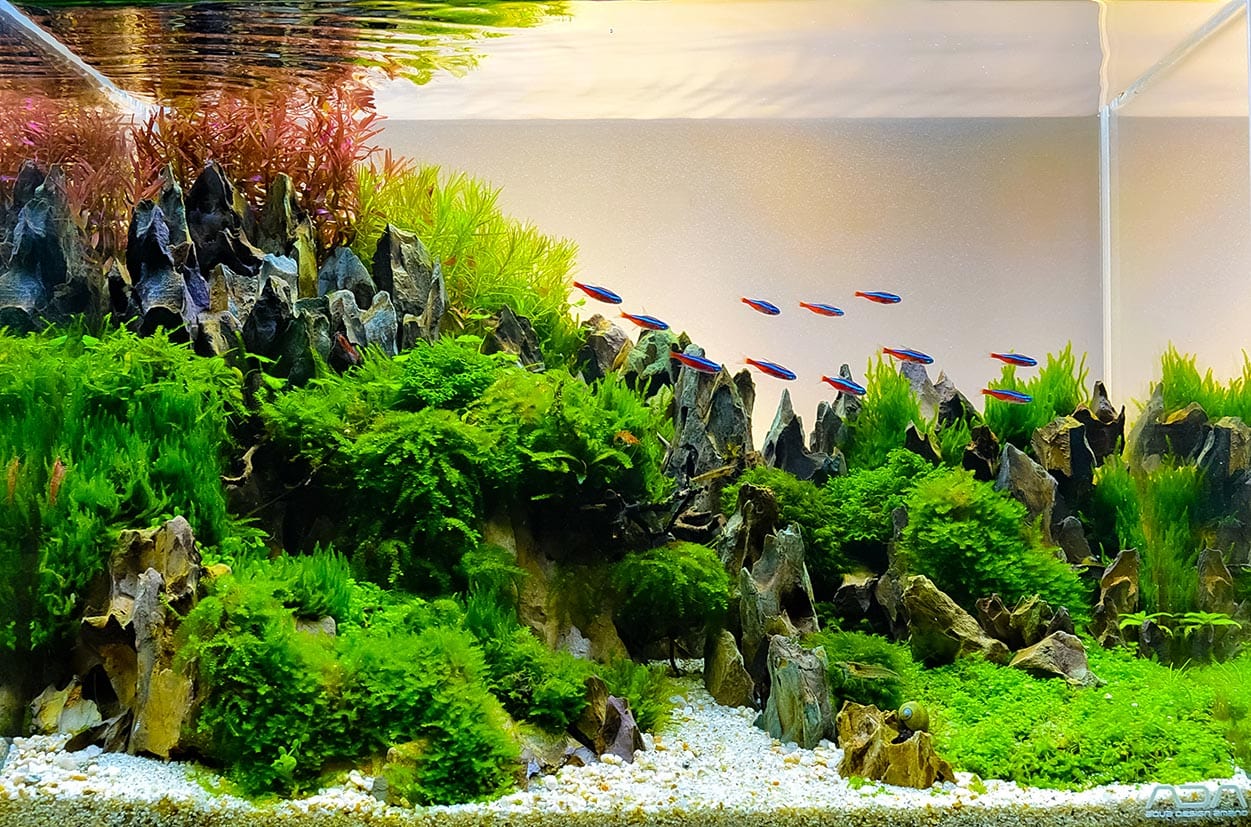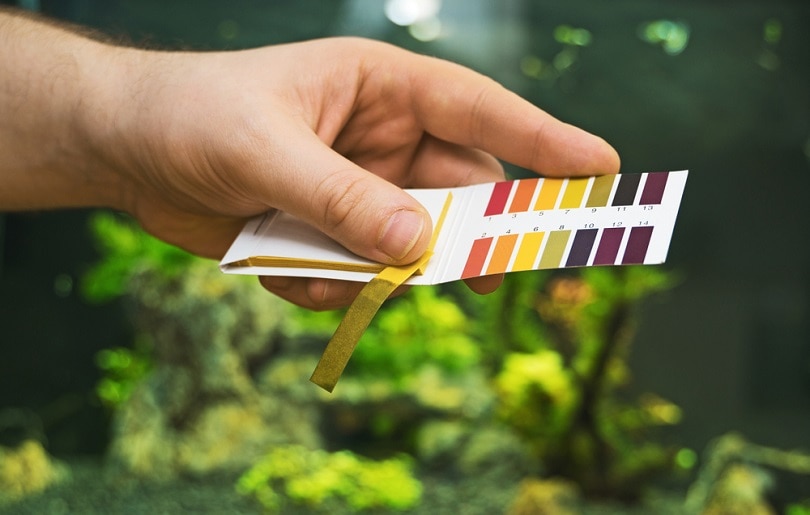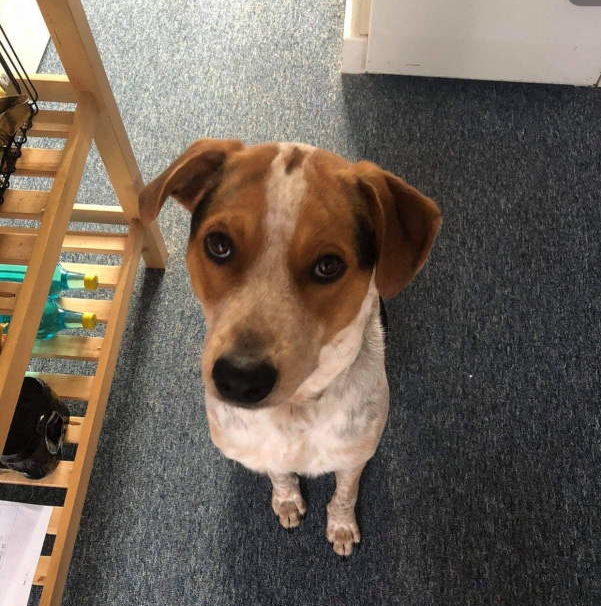

Whether you’re new to the fish keeping world or you’ve been out of the game for a while and you’re making a comeback, “cycling” an aquarium might seem like a foreign concept. Tank cycling is often poorly understood, which usually leads to it being overlooked when setting up a tank for new fish. We all know someone who successfully set up a tank without cycling it, which often leads to people thinking it’s not an important aspect of tank setup. This couldn’t be further from the truth, so let’s talk about why cycling your new aquarium is important and how to do it properly using the ammonia method.
Please note that if you’re cycling an aquarium that already has fish in it, this is not the appropriate method to use. You will need to perform a fish-in cycle instead.

Why Bother Cycling an Aquarium?
Cycling an aquarium is the process of establishing colonies of nitrifying, or beneficial bacteria. These bacteria are important to the health of the aquarium and your fish because they help detoxify waste products within the water. What this means is that these bacteria consume ammonia, which is a waste product excreted from fish. Ammonia is also produced by the decay of organic materials, like dead animals and plants in your tank.
Beneficial bacteria are part of the nitrogen cycle, which is the breakdown of waste products like ammonia and nitrite into the less toxic nitrate. Nitrate can be dangerous at high levels, but plants absorb nitrate as an energy source. This means that planted tanks can somewhat self-manage waste product levels between nitrifying bacteria and plants. However, water changes are still required to reduce nitrate levels in the water.
What happens when you don’t properly cycle an aquarium is a buildup of waste products in the water. The more bioload added to the water, the more necessary it is to have a fully cycled tank. Goldfish are heavy bioload producers, as are plecos and other large fish. Dwarf shrimp and small fish, like tetras, are typically low bioload producers. The heavier the bioload, the more quickly waste products will build up in the water.
Depending on filtration, size, and number of fish, an uncycled goldfish tank may require water changes as frequently as every day to prevent ammonia and nitrite poisoning. An uncycled dwarf shrimp tank, on the other hand, will develop waste products at a much slower rate.
What Supplies are Needed to Cycle an Aquarium?
- Filtration: Beneficial bacteria require high surface area to colonize on or in, and they require water with movement and oxygen to thrive. This means that a tank without a proper filtration system won’t successfully cycle. You need a good filtration system with filter media that provides high surface area, like ceramic rings or bio sponges.
- Ammonia: You can go two routes with purchasing ammonia to cycle your tank. You can either purchase ammonium chloride sold as a cleaning agent from the supermarket or hardware store, or you can purchase pre-measured ammonia. Pre-measured ammonia is intended for use in cycling aquariums. It comes with thorough instructions to help you safely cycle your tank.
- Water Test Kit: A reliable water test kit will help you monitor where your tank is in its cycling process. Liquid test kits are recommended, like the API Freshwater Master Test Kit. Whatever kit you choose, make sure it can provide accurate readings on ammonia, nitrite, and nitrate levels.
- Starter Bacteria (optional): Bottled beneficial bacteria isn’t a requirement for cycling your tank since the bacteria will colonize as the tank cycles. However, adding supplementation of bacteria may help your tank cycle more quickly by introducing bacteria into the water sooner.

Steps to Cycle Your Aquarium Using Ammonia
1. Getting Started
To get started, collect all of the supplies needed and get your filter set up. You can use bubblers or air stones in addition to the filter to help increase the oxygen content in the water to better support the bacteria as they develop. Note that a cycled tank still requires new water being added to be treated for chlorine and chloramines. The removal of chlorine is not part of the nitrogen cycle.
2. Add Bacteria (optional)
If you choose to try to speed up the process with bottled bacteria, you should add it before you begin adding ammonia to the water. This can be done the same day, or you can add the bacteria a day or two before you begin adding ammonia. If you add bacteria too early, you risk the bacteria dying off without an energy source.
3. Start Adding Ammonia
If you’re using pre-measured ammonia, carefully follow the directions on the bottle. Regardless of the ammonia you use, you will likely be adding approximately a drop of ammonia for every gallon of water once daily. Adding too much ammonia isn’t going to cycle your tank faster. In fact, it can cause the process to move more slowly. Remember, you’re still trying to colonize beneficial bacteria to consume the ammonia.
4. Test Your Water
After a few days of adding ammonia to the tank, begin checking your water parameters with your test kit. For at least the first week, you will not need to check your nitrate levels, so just start off with ammonia and nitrites. Continue to check the water parameters daily. Once you notice ammonia levels dropping and the presence of nitrites, begin checking your nitrate levels as well.

5. Knowing When Your Tank is Cycled
Your tank is fully cycled when your ammonia and nitrite levels are zero. Unless your tank is packed with plants, nitrate levels of 5-20ppm are normal and safe. Some people are even comfortable with nitrates of 40ppm or even higher. If your tank is showing the presence of ammonia or nitrites, then it is not cycled, and you should continue with the process of adding ammonia and checking the parameters.
6. Add Your Fish
Once your ammonia and nitrite levels are zero and you see the presence of nitrates in your testing, your tank is cycled and is ready for fish. Once your fish are acclimated and added to the tank, you should still monitor your water parameters for at least the first few days or weeks. This will ensure your tank is still cycled and waste products aren’t building up in the water.
Maintaining the Cycle
Ensuring your aquarium stays cycled is usually quite easy, but it’s something that many people accidentally mess up. It’s important to understand that your beneficial bacteria are living on surfaces receiving oxygen. This means they do not live in the water itself, so water changes should not alter your tank’s cycle. However, they do live on substrate and within the filtration system. Most manufacturers recommend frequent replacement of filter cartridges and other filter media.
What happens when people stick to the manufacturer’s recommendations is they accidentally crash the tank’s cycle by removing beneficial bacteria with the filter media. Ideally, you should be using long-lasting filter media that can be rinsed in dirty tank water as needed to remove solid waste, but that does not require routine replacement. If your filter media does require replacement, don’t replace all of your media at one time. Spreading it out over a few weeks will help maintain your cycle.

In Conclusion
Some of this may sound complex and scientific, and to a certain extent, it is. However, the process of cycling your aquarium using ammonia doesn’t have to be difficult. Even if you’re not confident that you fully understand all aspects of the nitrogen cycle, you can still properly cycle your tank. The nitrogen cycle is a complex process that can be difficult to understand, so you’re not alone. Understanding the needs and purpose of your beneficial bacteria, the addition of ammonia, and how to maintain your cycle are the most important pieces of information you need to cycle your aquarium using liquid ammonia.
Featured Image Credit: BLUR LIFE 1975, Shutterstock
Brooke Billingsley spent nine years as a veterinary assistant before becoming a human nurse in 2013. She resides in Arkansas with her boyfriend of five years. She loves all animals and currently shares a home with three dogs, two cats, five fish, and two snails. She has a soft spot for special needs animals and has a three-legged senior dog and an internet famous cat with acromegaly and cerebellar hypoplasia. Fish keeping has become a hobby of Brooke’s and she is continually learning how to give her aquarium pets the best life possible. Brooke enjoys plants and gardening and keeps a vegetable garden during the summer months. She stays active with yoga and obtained her 200-hour yoga teacher certification in 2020. She hosts a podcast focusing on folklore and myth and loves spending her free time researching and writing. Brooke believes that every day is an opportunity for learning and growth and she spends time daily working toward new skills and knowledge.






